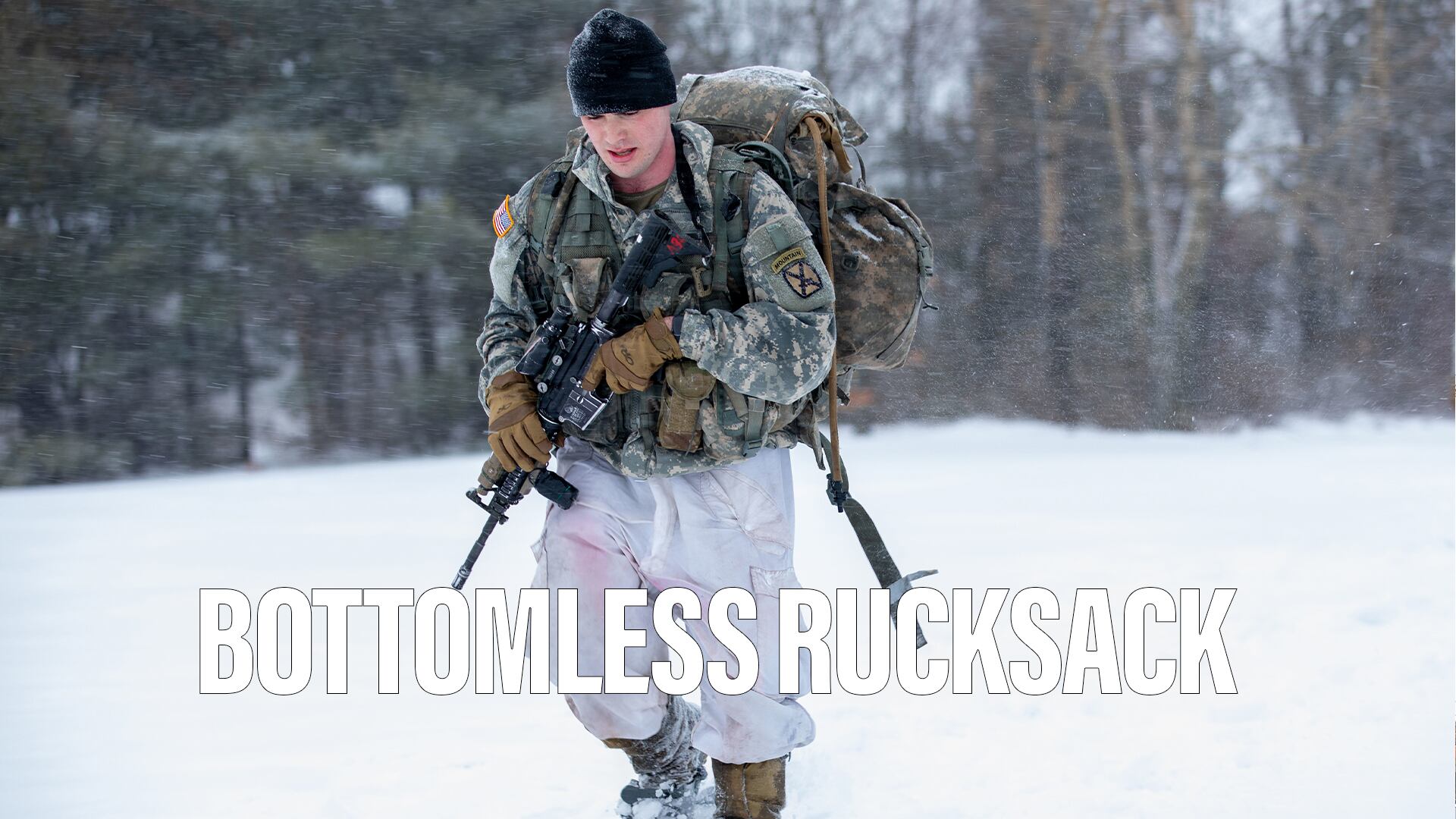HELSINKI — Norway's national defense system is underfunded, short of manpower and lacks the required standard of effective readiness capability, according to the Norwegian Armed Forces' (NAF) Annual Report for 2015.
The NDF's overall lack of manpower and resources means the current level of military readiness is insufficient to deal with a future large-scale attack against the country's territorial sovereignty, the report concluded.
The report, available in Norwegian, noted that the present level of NDF's commitment to international missions also places a further drain on its core budget.
Moreover, Norway's defense chief, Adm. Haakon Bruun-Hanssen, contends that NDF's ability to achieve the desired standard of readiness is being hindered by a lack of adequate funding to run an ample number of large-scale, multibranch exercises.
"Our focus has been on NATO exercises and ensuring we have an increased presence in the Arctic," Bruun-Hanssen said.
NDF's raised joint exercises activities with NATO, coupled with its enlarged operational presence in the Arctic, are being financed by re-prioritization of resources, he said. "This has put the whole defense apparatus under pressure."
Norway's spending on defense is currently running at around 1.54 percent of its gross domestic product (GDP). This falls below NATO's recommended 2 percent of GDP ratio.
The shortfall in funding has also curtailed certain maintenance and procurement works and programs, including the purchase of spare parts.
"The present demands on our capacities has increased over the past year. The current defense situation, as it stands today, is not sustainable within the present economic framework," Bruun-Hanssen said.
The NDF wants the government to develop a new long-term defense plan that is funded at a higher level, provides a credible deterrent against hostile attacks and guarantees the military readiness of all forces.
Norwegian spending on defense rose by 3.4 percent to $5.6 billion in 2015. The budget for 2016, which includes a 9.8 percent increase in real terms to $5.98 billion, contains a larger allocation to cover F-35 Lightning II acquisition and related air-base infrastructure costs.
The 2016 defense budget allocates $1.5 billion to procurement programs, and a further $390 million to infrastructure-related projects. Many of these are connected to the purchase and housing of F-35 aircraft.
The economic drain, including depleted spending power, from the NDF's budget, has been negatively influenced by higher calls on force resources in support of NATO and US-led international operations, said Svein Roald Hansen (Labor), a member of the Norwegian parliament's Standing Committee on Foreign Affairs and Defence.
"Costs related to NATO and international operations leave less in the armed forces' money chest for core tasks and recruitment of manpower. This needs to change by way of increased spending that can balance the budget size against actual defense capability and operational needs," Hansen said.








